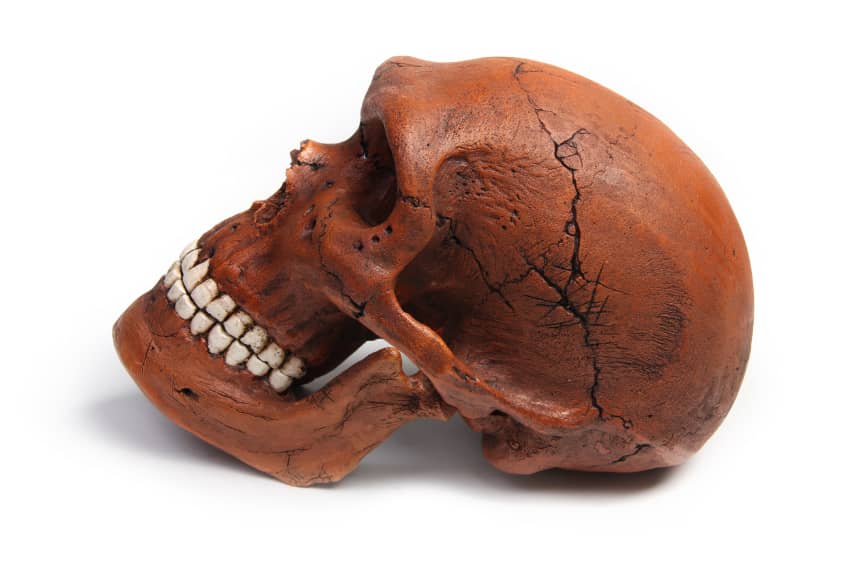Neanderthal Extinction Linked to Inability to Hunt Small Game
OutdoorHub Reporters 03.12.13

Scientists have traced the extinction of the Neanderthals, a subspecies closely related to our ancient ancestors, to a very small thing.
According to National Geographic, a study led by biologist John Fa finds that the downfall of the Neanderthals was caused in part by their inability to catch rabbits. While researching in the Iberian Peninsula, Fa’s team found that rabbit remains were cropped up around 30,000 years ago in human encampments, just when the Neanderthals were starting to die out. It is thought that as the climate became warmer, rabbits become increasingly abundant and cold weather animals, such as mammoths, were on their way out.
What made us, Homo sapiens, better rabbit hunters? Well to begin with, our early human ancestors were better tool makers and able to make more efficient traps. Their weapons were also geared towards smaller, more agile prey. Throwing spears and primitive bows were common.
Neanderthal tools and tactics were designed to hunt larger animals and not well suited to catching the smaller and trickier rabbits. Neanderthals also had more muscle mass and required more energy from their food. Where one mammoth can provide enough meat for a number of families, a much larger amount of rabbits would be needed to feed the same number of individuals. The energy expended on these hunts or snares was often not worth the investment for the Neanderthals.
Early humans also had help in the form of an old friend: the domesticated dog. Researchers believe that 30,000 years ago was when the dog first became domesticated by man, and would have aided in catching small game.
Fa’s theory is contested by other researchers in the scientific community, who criticize the research for its speculative nature. The published study can be viewed or bought here.

